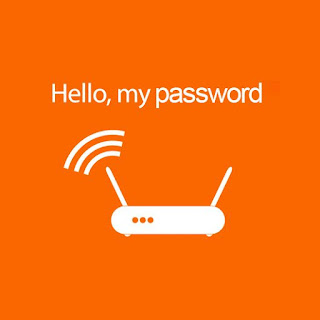Securing Your Wi-Fi Network
Wi- Fi networks
Wi- Fi networks have come a vital part of our diurnal lives, furnishing accessible wireless connectivity. still, icing the security of your Wi- Fi network is pivotal to cover your sensitive information from unauthorized access. One of the crucial rudiments of securing your Wi- Fi network is having a strong and unique word. In this blog post, we will guide you through the process of creating and managing a robust Wi- Fi word to guard your network.
The significance of a Strong Wi- Fi word
A strong Wi- Fi word acts as the first line of defense against unauthorized access to your network. Weak watchwords make it easier for bushwhackers to compromise your network, potentially leading to data breaches, unauthorized operation, and sequestration violations. Creating a strong word is essential to enhance the security of your Wi- Fi network.
Tips for Creating a Strong Password
When creating a Wi- Fi password, consider the following 4 tips
1) Length and Complexity conclude for passwords that are at least 12 characters long. Include a combination of uppercase and lowercase letters, figures, and special characters.
2) Avoid Personal Information Avoid using private information like your name, address, or birthdate in your password. Attackers can easily guess similar information.
3) Randomness Generate passwords that are random and not easy guessable. Avoid common patterns or sequences.
4) Unique Passwords Each Wi- Fi network should have a unique password. Avoid using the same password for multiple networks to help broad access in case of a concession.
Top 4 best practices for passwords
Managing your Wi- Fi password effectively is pivotal for maintaining security. Consider the following stylish practices
Wi- Fi Security Enhancements
In addition to a strong password, consider implementing other security enhancements for your Wi- Fi network
Keep your Wi-Fi safe in 8 simple steps
1) Two-Factor Authentication 2FA
Enable 2FA for your Wi-Fi router if it supports this feature. With 2FA enabled, a secondary authentication method (such as a code sent to your phone) is required in addition to the password, adding an extra layer of security.
2) Disable WPS
Wi-Fi Protected Setup (WPS) is a feature that simplifies the process of connecting devices to your Wi-Fi network. However, it can also introduce security vulnerabilities. It is recommended to disable WPS on your router to prevent potential attacks.
3) Strong Router Administration Password
Change the default password for accessing your router's administration settings. Use a strong and unique password that is separate from your Wi-Fi password. This will help prevent unauthorized access to your router's settings.
4) Network Monitoring and Intrusion Detection
Consider using network monitoring tools or intrusion detection systems to monitor your network for any suspicious activity. These tools can help detect unauthorized access attempts or unusual behavior on your Wi-Fi network.
5) Disable Remote Management
Disable remote management on your router unless you specifically require it. Remote management allows access to your router's settings from outside your network, which can pose a security risk if not properly secured.
6) Strong Wi-Fi Network Name (SSID)
Choose a unique and non-descriptive Wi-Fi network name (SSID). Avoid using personal information or easily identifiable details in your SSID, as it can make it easier for attackers to target your network.
7) Limit Signal Range
Adjust your router's signal range to cover only the necessary area. This helps prevent unauthorized users from accessing your network from outside your premises.
8) Educate Users
Educate everyone who uses your Wi-Fi network about the importance of strong passwords, avoiding suspicious links and downloads, and practicing good internet security habits. Regularly remind them to follow security best practices.
Conclusion
Protecting your Wi- Fi network starts with a strong and unique password. By following the tips for creating a strong password and implementing password management stylish practices, you can significantly enhance the security of your Wi- Fi network. Flash back to periodically update your password and explore additional security measures like encryption, MAC address filtering, and network segmentation for comprehensive protection.









0 Comments